Study on Removal of Cd 2+ /Pb 2+ from Water by Magnesium Chloride Modified Biochar
DOI: 10.23977/analc.2022.010104 | Downloads: 21 | Views: 2177
Author(s)
Yizuo Li 1
Affiliation(s)
1 School of Water Resources and Environment, China University of Geoscience (Beijing), Beijing, China, 100083
Corresponding Author
Yizuo LiABSTRACT
Water heavy metal pollution not only leads to water quality-type water shortage and reduced use function of water bodies, but also seriously threatens people's water safety, food safety and health, and has become a problem for people's livelihood and heartache. Heavy metal pollution is one of the most serious pollution problems in water bodies. Heavy metal pollution will pose a threat to water safety and affect the growth and reproduction of aquatic organisms in water bodies. Moreover, heavy metals accumulate in the human body through skin contact, food chains and other ways, endangering human health. Among the many treatment methods for wastewater containing heavy metals, the adsorption method has the advantages of abundant raw material sources, low energy consumption, low cost, no secondary pollution, and easy operation. In this paper, magnesium chloride is used for modification on the basis of selecting activated carbon for adsorption, from the dosage of modified activated carbon, reaction time, initial concentration, pH value, etc. to explore the effect of magnesium chloride modified activated carbon to remove Pb 2+ in water , and to characterize the adsorption material to explore its performance.
KEYWORDS
adsorption, modified activated carbon, heavy metals, water pollutionCITE THIS PAPER
Yizuo Li, Study on Removal of Cd 2+ /Pb 2+ from Water by Magnesium Chloride Modified Biochar. Analytical Chemistry: A Journal (2022) Vol. 1: 22-27. DOI: http://dx.doi.org/10.23977/analc.2022.010104.
REFERENCES
[1] Fu F, Wang Q. Removal of heavy metal ions from wastewaters: a review. Journal of environmental management, 2011, 92(3): 407-418.
[2] Davis TA, Volesky B, Mucci A. A review of the biochemistry of heavy metal biosorption by brown algae. Water Research, 2003, 37(18): 4311-4330.
[3] Sud D, Mahajan G, Kaur M P. Agricultural waste material as potential adsorbent for sequestering heavy metal ions from aqueous solutions–A review. Bioresource Technology, 2008, 99(14): 6017-6027.
[4] Tchounwou PB, Yedjou CG, Patlolla AK, et al. Heavy Metal Toxicity and the Environment. 2012, 101: 133-164.
[5] Wang YL, Cui SP, Xu X K. The Mechanism Researches of Cementitious Materials Adsorb Heavy Metal Particle and Ions. Applied Mechanics and Materials, 2013, 368-370(III): 1017-1021.
[6] Li Z, Shao L, Ruan Z, et al. Converting untreated waste office paper and chitosan into aerogel adsorbent for the removal of heavy metal ions. Carbohydrate Polymers, 2018, 193: 221-227.
[7] Jie MC, Jian FG, Fu QAN, et al. Preparation of carbon material by cocoon crosslinking, and the study of adsorbability to the heavy metal ions. Applied Chemical Industry, 2017, 46: 1959-1962.
[8] Kiani GR, Sheikhloie H, Arsalani N. Heavy metal ion removal from aqueous solutions by functionalized polyacrylonitrile. Desalination, 2011, 269(1-3): 266-270.
[9] Ahn CK, Park, Woo SH, et al. Removal of cationic heavy metal from aqueous solution by activated carbon impregnated with anionic surfactants. Journal of Hazardous Materials, 2009, 164(2-3): 1130-1136.
[10] Ai YL, Hong W C. Disposal of Waste Water Containing Heavy Metal Ions by Modified Clinoptilolite. Materials Protection, 2004, 37(6): 37-38.
[11] Rungrodnimitchai S. Modification of Rice Straw for Heavy Metal Ion Adsorbents by Microwave Heating. Macromolecular Symposia, 2010, 295(1): 100-106.
[12] D. Shao, Z. Jiang, X. Wang, SDBS modified XC-72 carbon for the removal of Pb(II) from aqueous solutions. Plasma Processes and Polymers, 2010, 7(7):552-560
| Downloads: | 1426 |
|---|---|
| Visits: | 85104 |
Sponsors, Associates, and Links
-
Forging and Forming

-
Composites and Nano Engineering
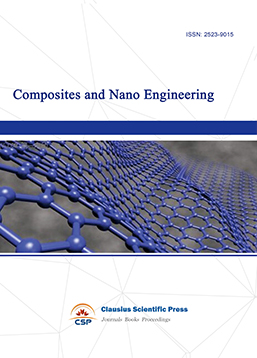
-
Journal of Materials, Processing and Design
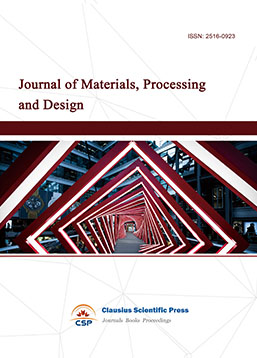
-
Metallic foams
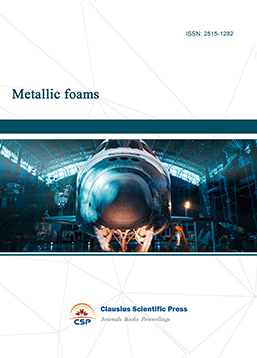
-
Smart Structures, Materials and Systems

-
Chemistry and Physics of Polymers
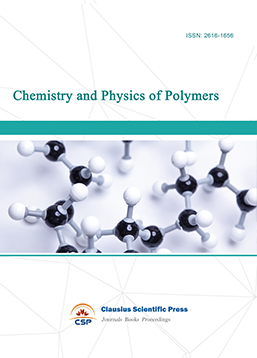
-
Modern Physical Chemistry Research
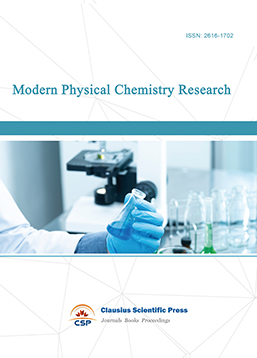
-
Inorganic Chemistry: A Journal

-
Organic Chemistry: A Journal
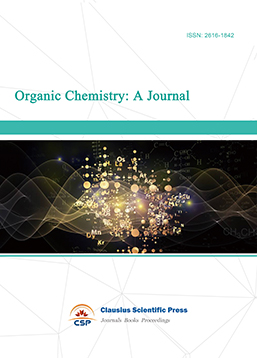
-
Progress in Materials Chemistry and Physics

-
Transactions on Industrial Catalysis
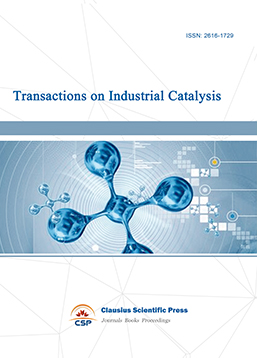
-
Fuels and Combustion

-
Casting, Welding and Solidification
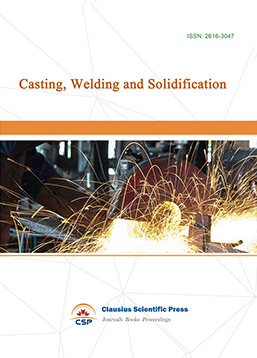
-
Journal of Membrane Technology
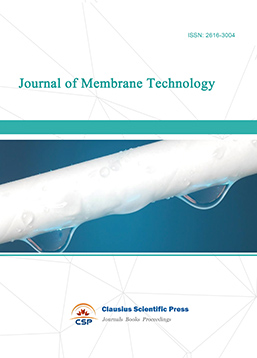
-
Journal of Heat Treatment and Surface Engineering
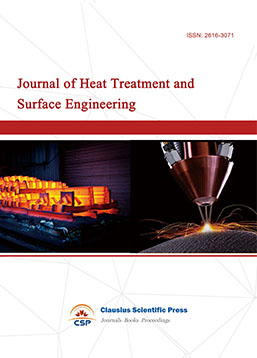
-
Trends in Biochemical Engineering

-
Ceramic and Glass Technology

-
Transactions on Metals and Alloys
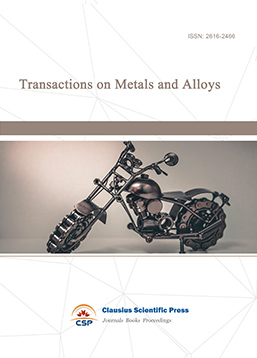
-
High Performance Structures and Materials
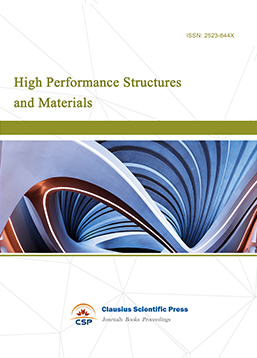
-
Rheology Letters

-
Plasticity Frontiers

-
Corrosion and Wear of Materials

-
Fluids, Heat and Mass Transfer

-
International Journal of Geochemistry
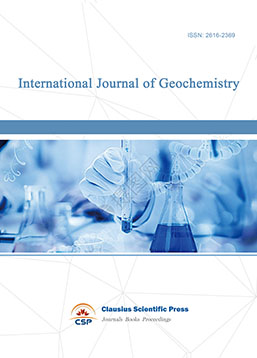
-
Diamond and Carbon Materials
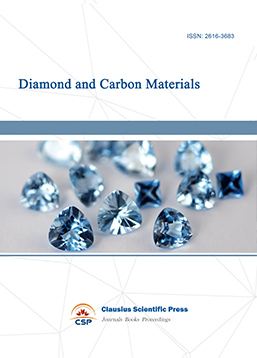
-
Advances in Magnetism and Magnetic Materials
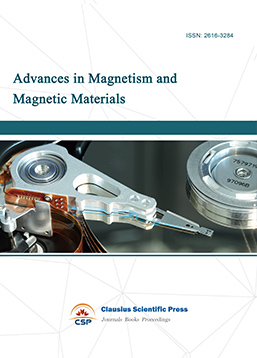
-
Advances in Fuel Cell

-
Journal of Biomaterials and Biomechanics
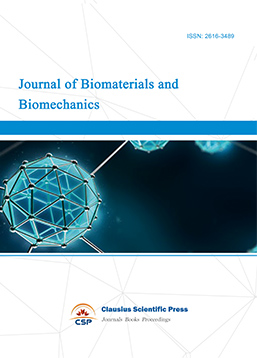

 Download as PDF
Download as PDF